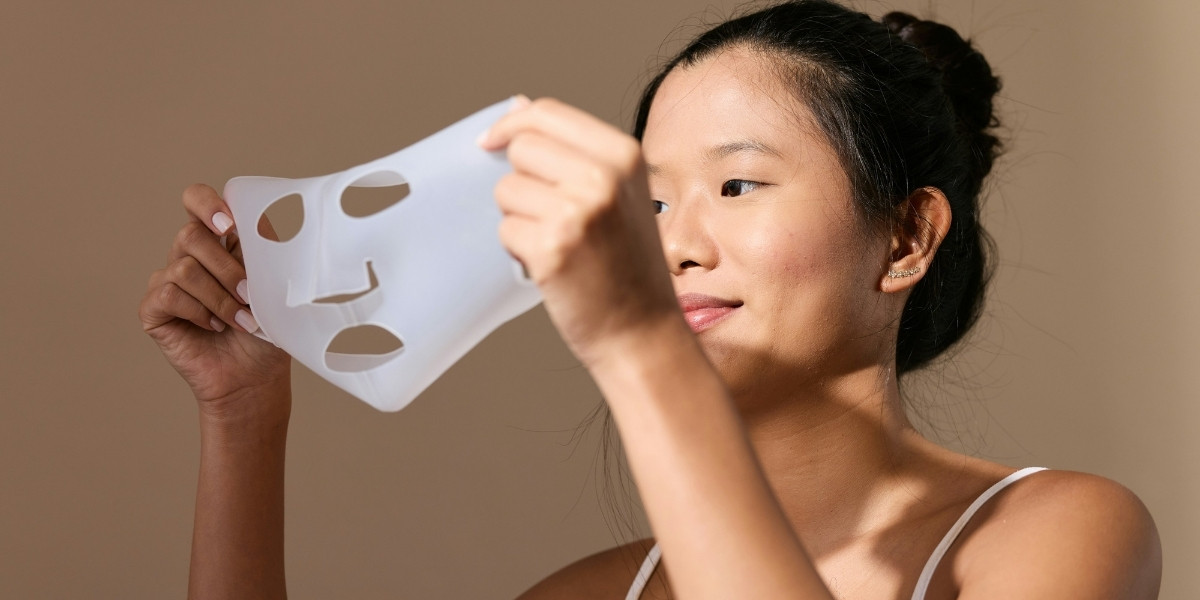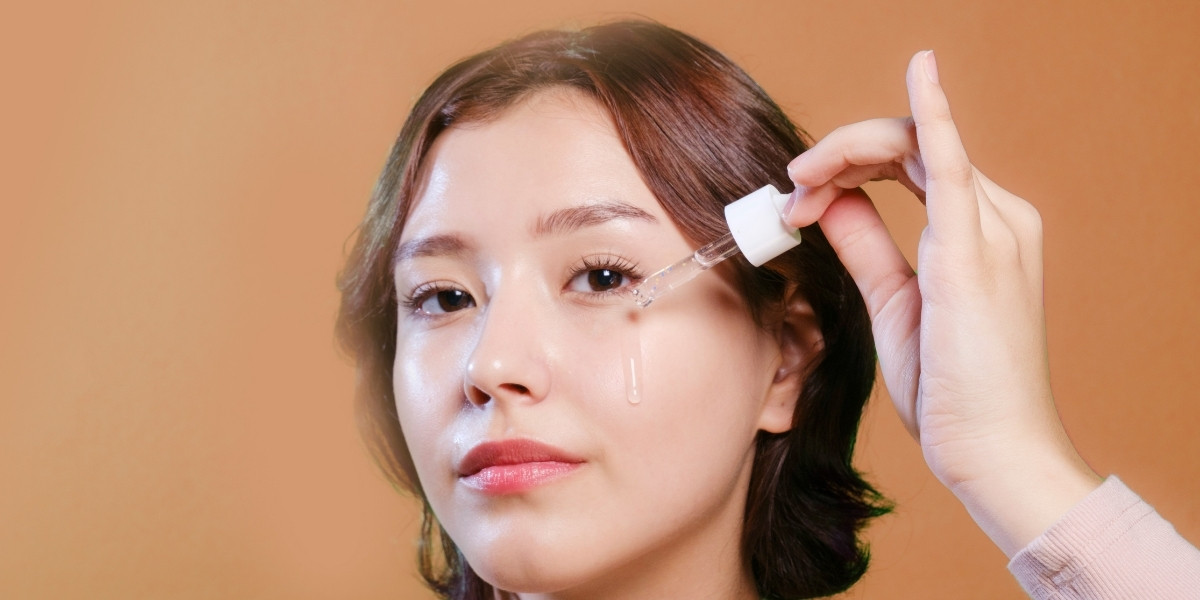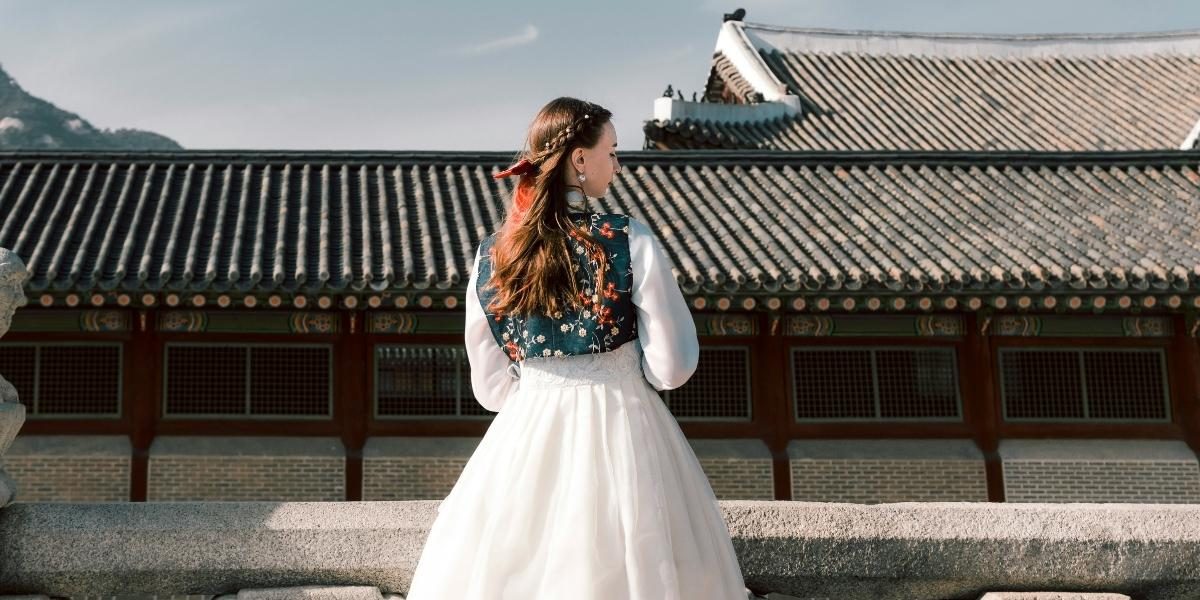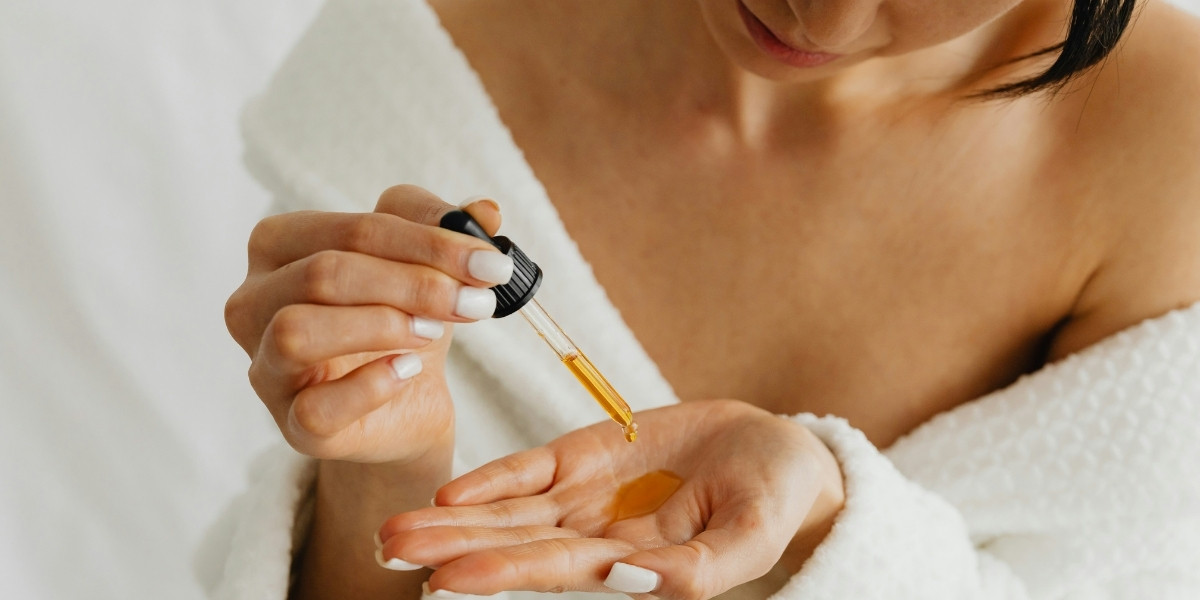In the global beauty landscape, K-Beauty, or Korean skincare, has evolved from a niche interest into a dominant force, influencing routines and product development worldwide. Characterized by its innovative formulations, multi-step routines, and emphasis on skin health, K-Beauty has garnered a massive following. Its trending status is not merely a fleeting fad but a reflection of a deeply rooted cultural approach to skincare that prioritizes prevention, nourishment, and a holistic path to achieving radiant, healthy-looking skin.
Read Also: Unlocking Radiant Skin: The Science of Beauty Serums
The surge in popularity of Korean skincare can be attributed to a unique blend of factors: a philosophy that sees skincare as an investment in long-term skin health, a commitment to cutting-edge research and development, and an embrace of both traditional ingredients and advanced technology. This combination has created a category of products that are often effective, accessible, and enjoyable to use, captivating consumers across diverse demographics.
What is the Philosophy Behind K-Beauty?
At the core of K-Beauty lies a distinct philosophy that sets it apart from many other global skincare approaches. Rather than focusing solely on addressing existing skin issues with harsh treatments, K-Beauty emphasizes prevention, protection, and long-term skin health. The prevailing mindset is that skincare is an essential act of self-care and respect for one’s appearance, a belief deeply embedded in Korean culture for centuries. This often translates into a proactive rather than reactive approach to skin concerns.
The philosophy promotes the idea of achieving a “glass skin” or “honey skin” complexion – terms that describe exceptionally smooth, luminous, and hydrated skin that appears almost translucent. This ideal is pursued through gentle, consistent care, nurturing the skin’s natural barrier, and focusing on deep hydration and nourishment. It’s about building a strong foundation for healthy skin over time, using layers of lightweight products designed to work synergistically. This holistic perspective, valuing daily ritual and a comprehensive approach, is a significant draw for those seeking sustainable skin health.
How Do K-Beauty Ingredients and Formulations Innovate?

Photo Credit: Unsplash.com
One of the primary drivers behind the K-Beauty trend is its relentless innovation in ingredients and product formulations. Korean cosmetic science often integrates unique natural elements with advanced technological processes. Traditional ingredients that have been used in Asian medicine and beauty for centuries, such as ginseng, green tea, cica (centella asiatica), rice water, and fermented ingredients, are mainstays. These are chosen for their soothing, brightening, anti-inflammatory, and antioxidant properties.
Beyond these heritage ingredients, K-Beauty laboratories are at the forefront of developing novel active compounds and textures. Concepts like snail mucin for healing and hydration, propolis for antibacterial benefits, and various types of hyaluronic acid for deep moisturization were popularized by Korean brands. The focus on gentle yet effective formulations means products often avoid harsh chemicals and artificial fragrances, appealing to consumers with sensitive skin. Furthermore, the development of innovative product formats, such as sheet masks, cushion compacts, and sleeping masks, has made skincare routines more accessible and enjoyable for a global audience, showcasing a blend of efficacy and user experience.
What Defines the K-Beauty Multi-Step Routine?
The multi-step K-Beauty routine is perhaps its most recognizable characteristic, and a key reason why Korean skincare is trending. While often popularized as a “10-step routine,” it is more accurately described as a customizable layering process designed to address specific skin needs. This methodical approach ensures that each product can deliver its benefits effectively, building upon the previous layer.
A typical routine often begins with a “double cleanse” (an oil-based cleanser followed by a water-based cleanser) to thoroughly remove makeup, sunscreen, and impurities without stripping the skin. This prepares the skin for subsequent layers. Other common steps include: exfoliation (periodically), toner to balance pH and prep skin, essences for an initial layer of hydration, serums or ampoules to target specific concerns, sheet masks for an intensive boost, eye cream for the delicate eye area, moisturizer to seal in hydration, and crucially, daily sunscreen for protection. This layered application allows for deep penetration of active ingredients and continuous hydration, contributing to the desired glow and health of the skin.
How Does K-Beauty’s Accessibility and Marketing Contribute to its Popularity?
The global rise of K-Beauty is also significantly fueled by its accessibility and strategic marketing. Despite their innovative formulations and high quality, many Korean skincare products are often competitively priced, making advanced skincare attainable for a broader consumer base than some luxury Western brands. This affordability encourages experimentation and allows consumers to build comprehensive routines without significant financial barriers.

Photo Credit: Unsplash.com
The “Hallyu” or Korean Wave, encompassing the global popularity of K-Pop music, K-Dramas, and Korean culture, has played an undeniable role in introducing K-Beauty to international audiences. Fans often aspire to the clear, radiant skin seen on their favorite celebrities, creating a powerful aspirational link to Korean beauty products. Social media platforms, including Instagram, YouTube, and TikTok, have served as essential channels for K-Beauty dissemination. Influencers, beauty bloggers, and ordinary users share product reviews, routine tutorials, and “hauls,” generating authentic engagement and driving rapid trend adoption worldwide. This combination of cultural influence, affordability, and digital marketing savvy has cemented K-Beauty’s trending status.
What Is K-Beauty’s Impact on the Global Beauty Industry?
The enduring trend of K-Beauty has had a transformative impact on the global beauty industry, fundamentally shifting consumer expectations and inspiring product development beyond South Korea. Western brands, once dominant, have increasingly adopted K-Beauty principles, incorporating multi-step routines, introducing new product categories like essences and sheet masks, and exploring innovative ingredients. The focus on skin barrier health, hydration, and gentle formulations, once a hallmark of Korean skincare, is now a more widespread emphasis across the industry.
Read Also: How Japanese Skincare Defines the Art of Ageless Beauty
K-Beauty has pushed the boundaries of packaging design, leading to more creative, aesthetically pleasing, and often functional product presentations globally. The industry’s rapid pace of innovation and product launches has also set a new standard for speed-to-market. The market for K-Beauty products is projected to continue its significant growth, with Asia-Pacific, North America, and Europe being key regions. This ongoing expansion and influence confirm that K-Beauty is not merely a passing trend but a revolutionary force that has redefined modern beauty ideals and practices on a global scale.







